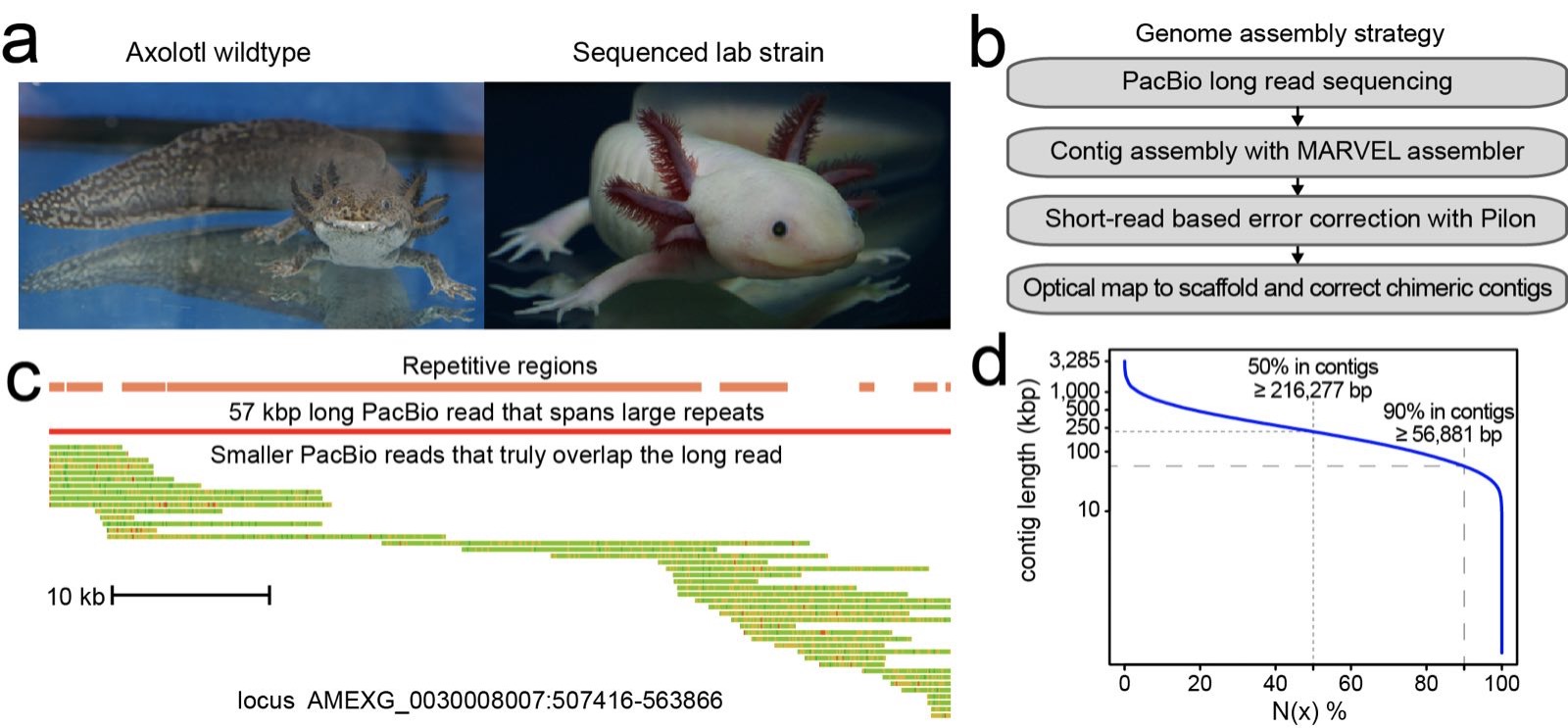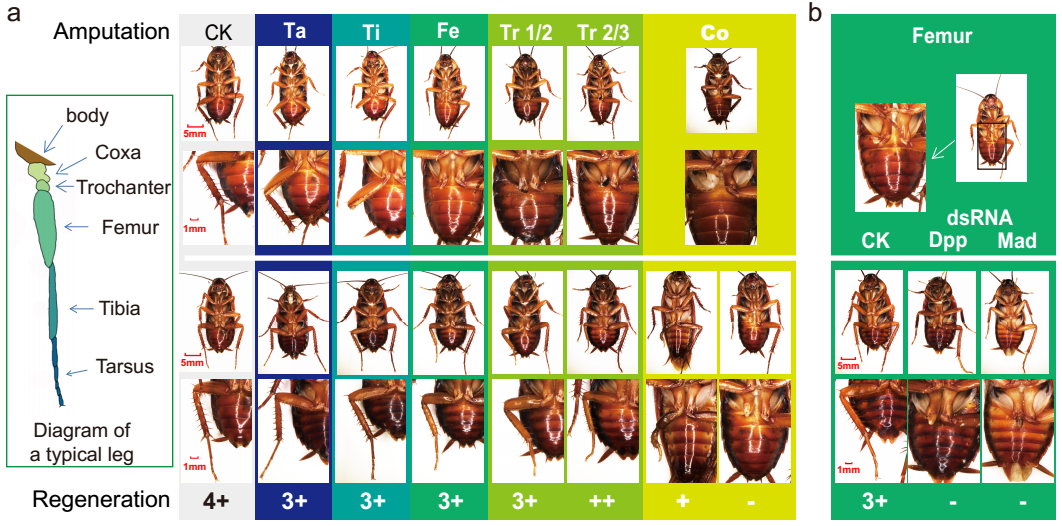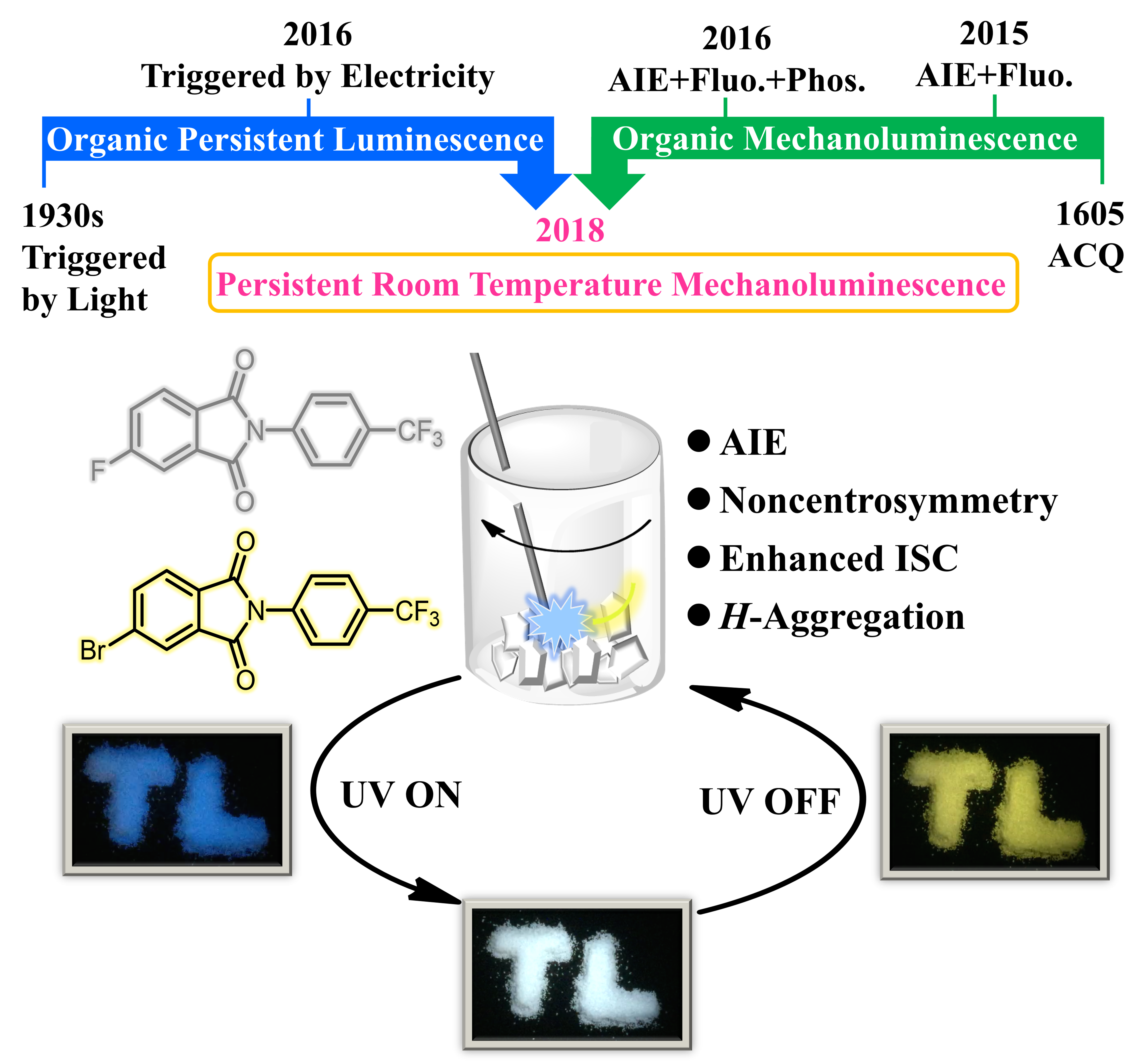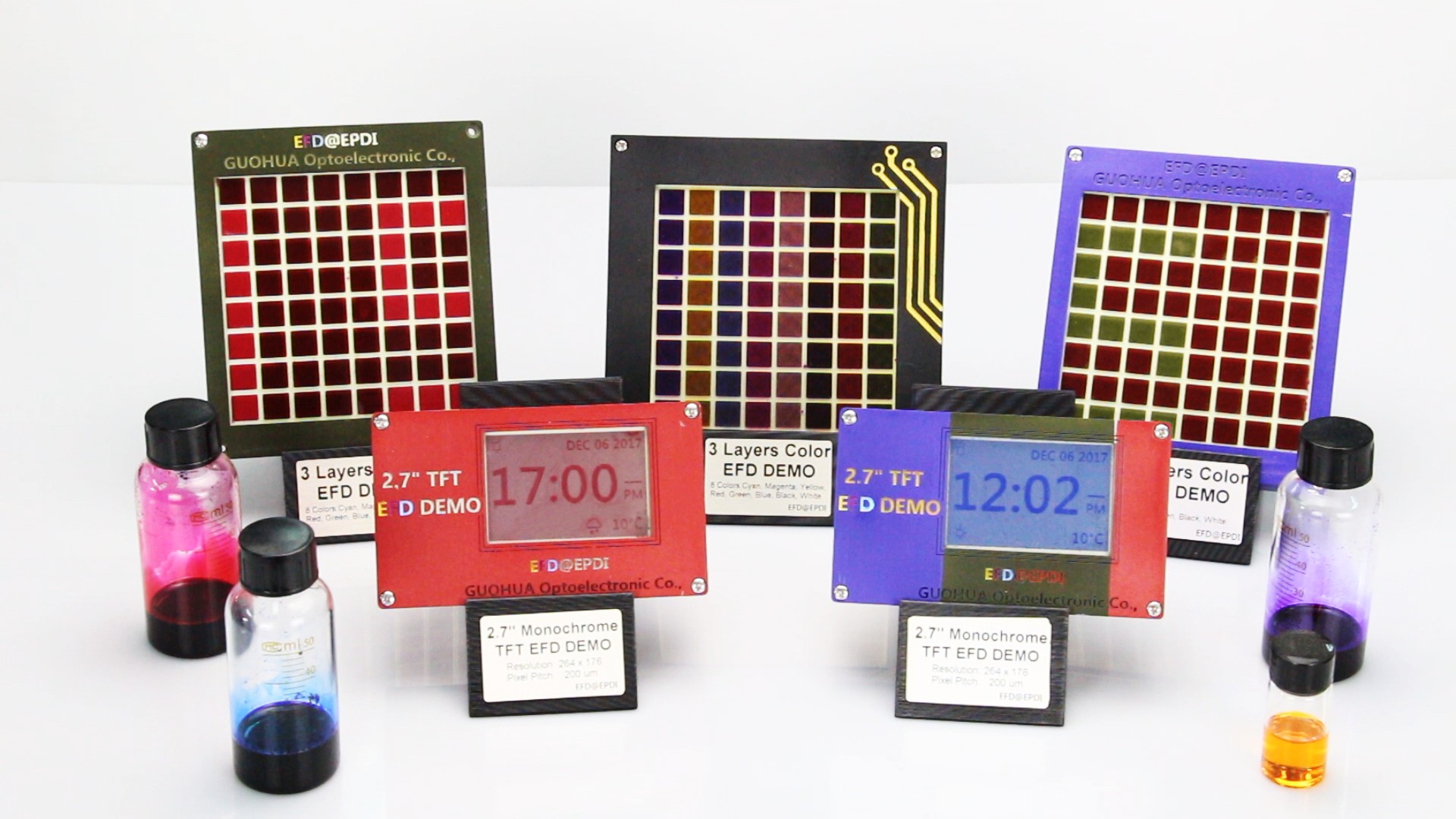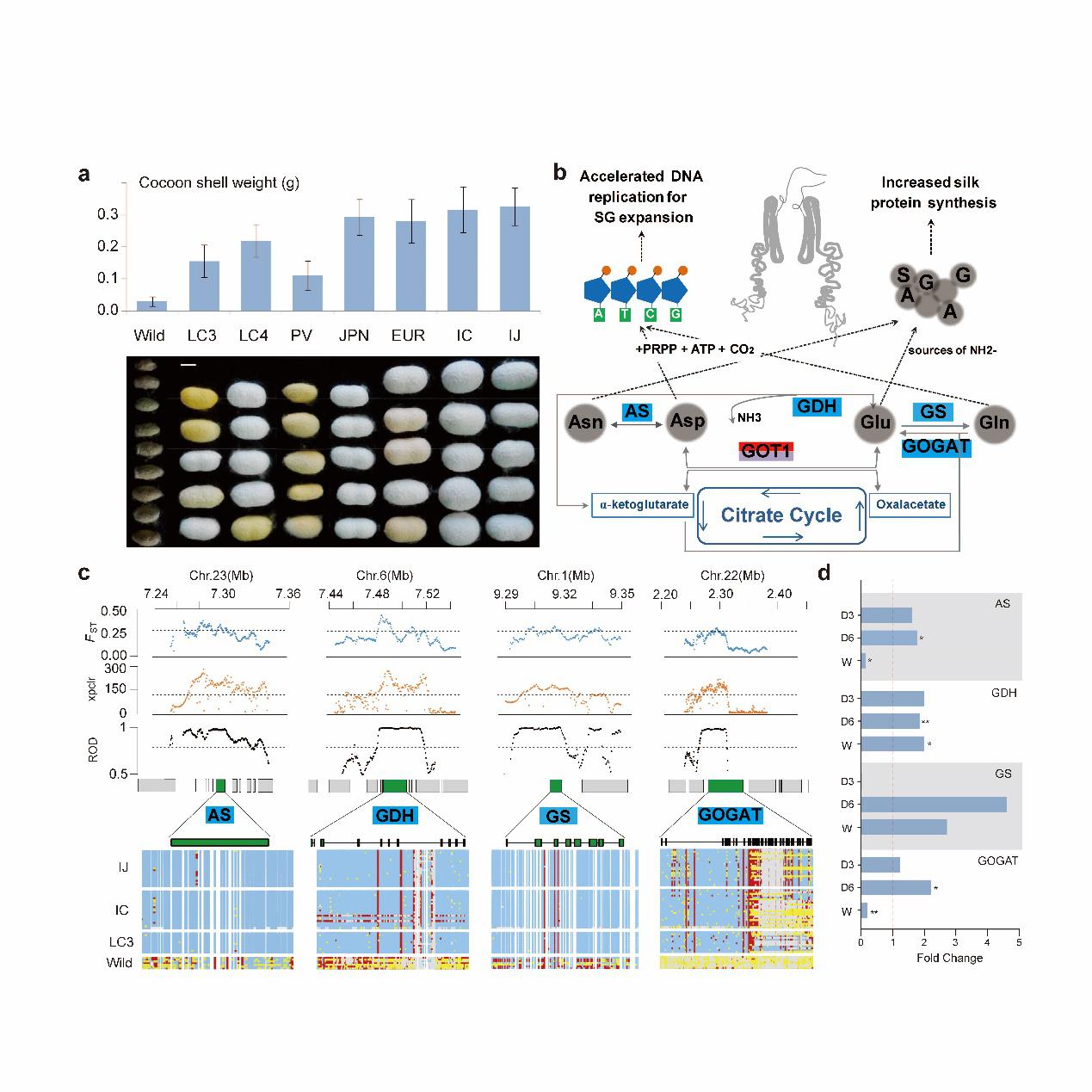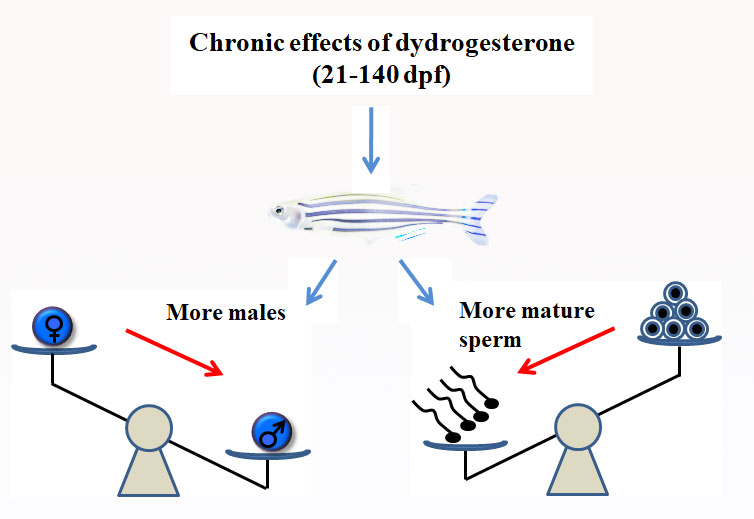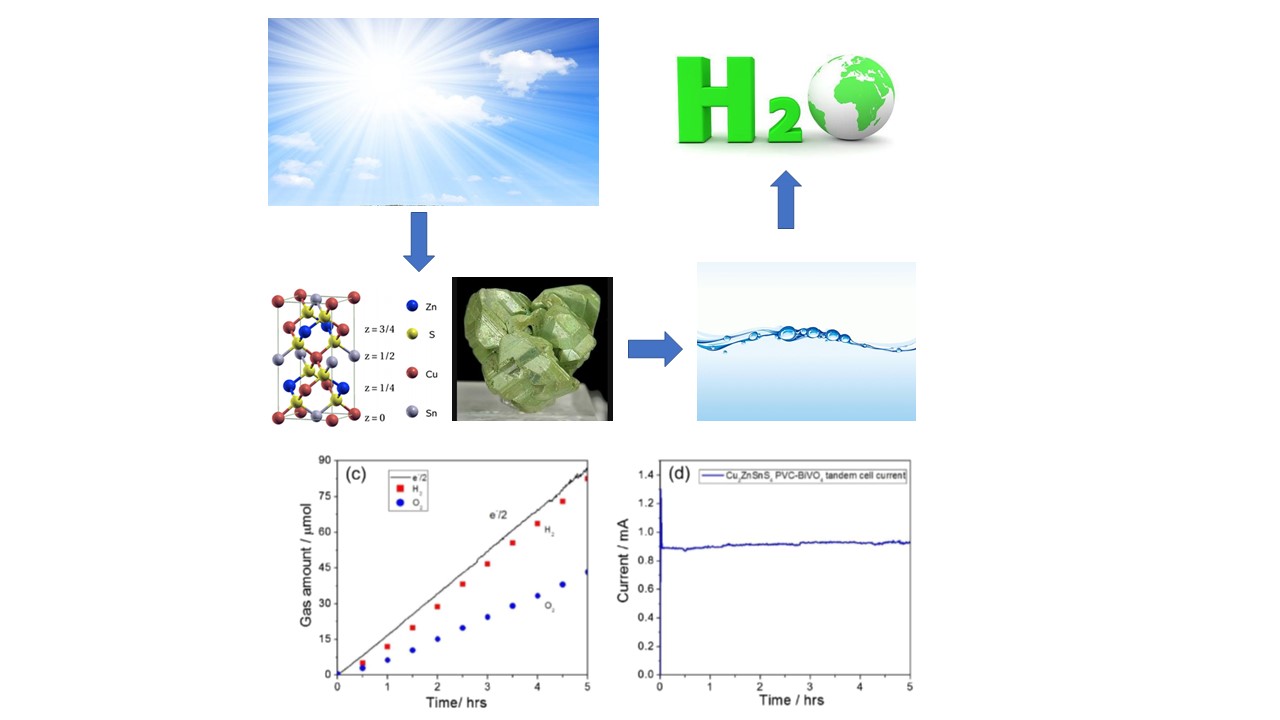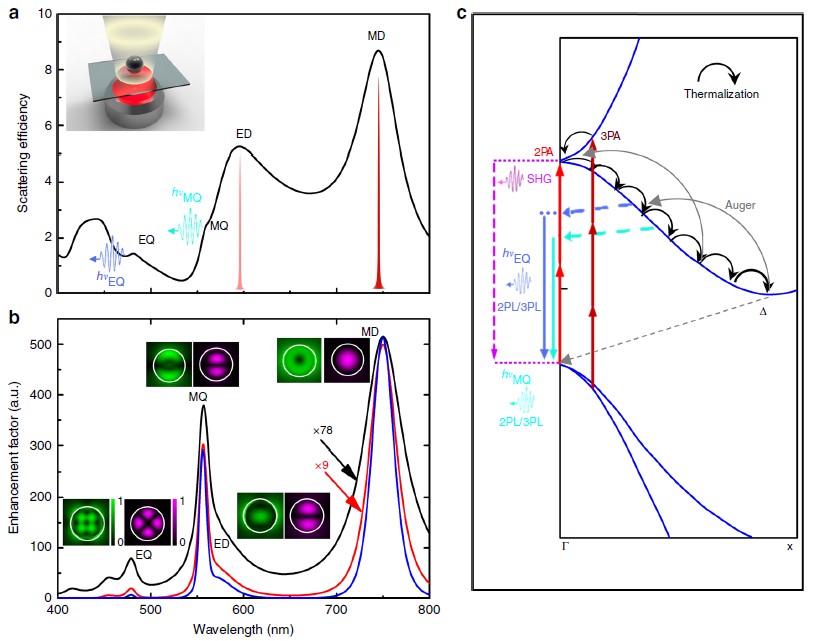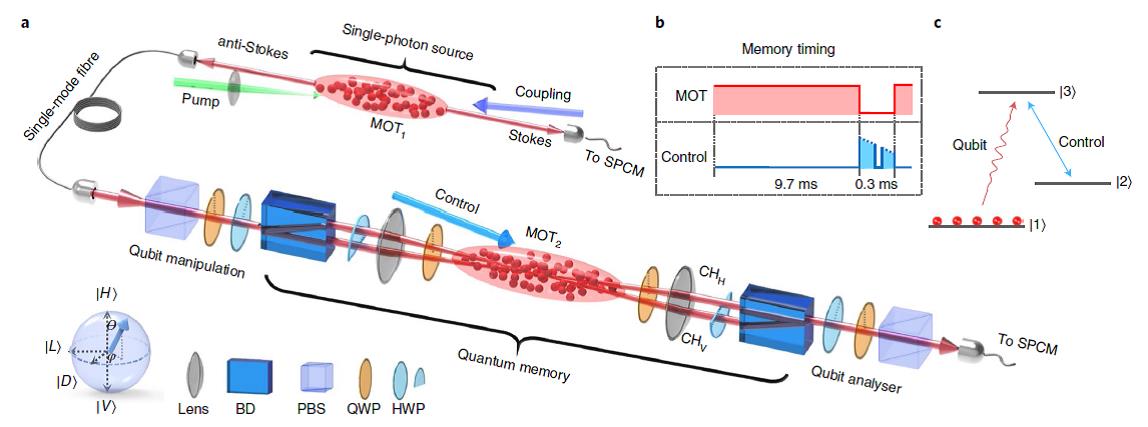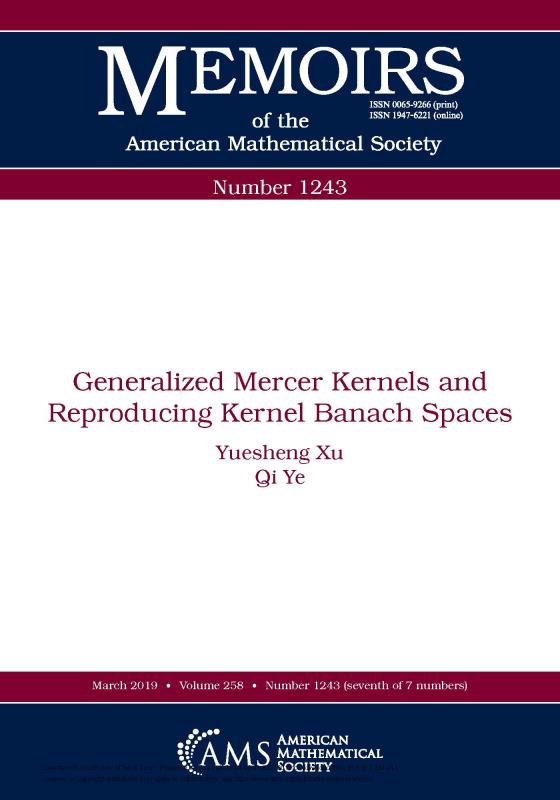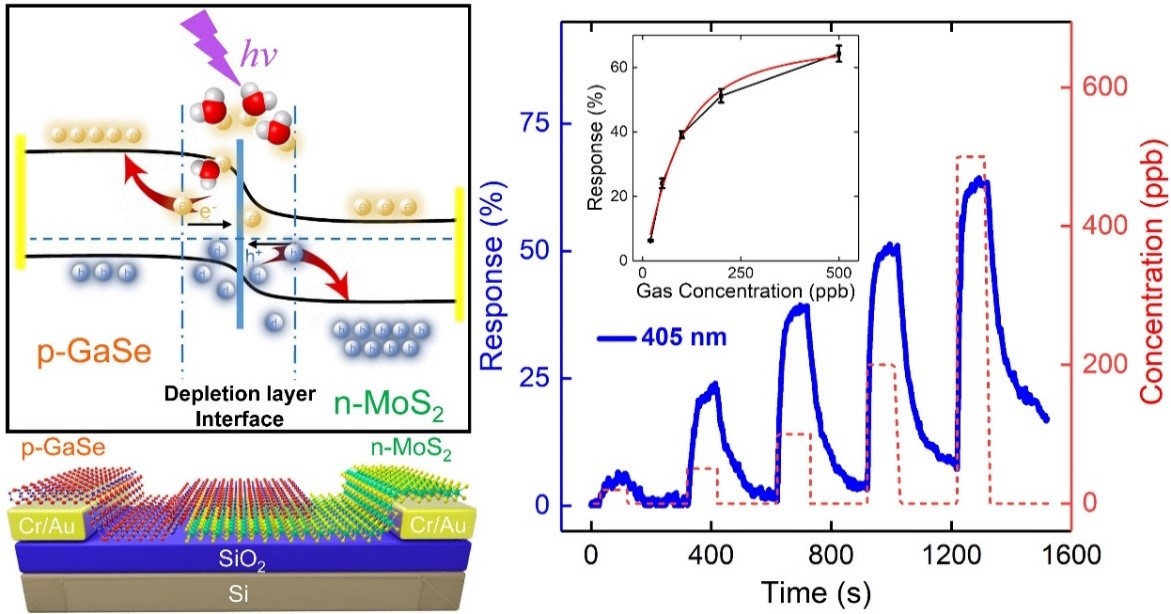
Likes
Associate Professor Niu Yue and Prof. Wang Yao, both members of Professor Zhou Guofu's team at the South China Academy of Advanced Optoelectronics of SCNU, recently published their original research progress on 2D materials heterojunction-based gas sensors in the top SCI journal Advanced Science (IF:15.840).
Gas sensors play an important role in many fields such as environmental monitoring, public security, medical diagnostics, etc. Nowadays, the rapid development of Internet of Things (IoT) technology has not only promoted the application of gas sensors in smart mobile devices, but also raised higher requirements for the properties of gas sensors, namely, possessing advantages of miniaturization, low energy consumption and easy integration while ensuring excellent gas sensing response. Photovoltaic self-powered gas sensors can realize self-powered sensing toward target gases by capturing external light energy and then converting into reliable and stable electrical signals (generally current or voltage). Moreover, since the photovoltaic self-powered sensing process avoids physical contact, such gas sensors have more prominent advantages in the integration and application of smart mobile devices.
In this study entitled "A Photovoltaic Self-Powered Gas Sensor Based on All-Dry Transferred MoS2/GaSe Heterojunction for ppb-Level NO2 Sensing at Room Temperature" (DOI: 10.1002/advs.202100472), a MoS2/GaSe heterojunction-based gas sensor was fabricated by mechanical exfoliation and all-dry transfer method based on the unique advantages of structural stability, band gap tuning and easy integration on micro-devices.

MoS2/GaSe heterojunction-based gas sensors and its self-powered sensing performance toward NO2
The photovoltaic effect of the heterojunction endows outstanding self-powered gas sensing performance of MoS2/GaSe heterojunction-based gas sensor toward ppb-level nitrogen dioxide (NO2) at room temperature, including ultralow limit of detection (LOD, 20 ppb), excellent and stable reversibility, stability, and selectivity. The self-powered sensing mechanism was also systematically characterized and analyzed via Raman spectrometry and Kelvin probe force microscopy. The paper includes a discussion on how MoS2/GaSe heterojunction-based gas sensor can be used as building blocks to fabricate more functional IoTs devices.
The Advanced Information Materials (AIM) group led by Professor Wang Yao has made a series of important breakthroughs in the field of responsive and intelligent sensing materials (light, electricity, gas and temperature) over the past three years. More than 20 original research papers have been published in top SCI journals such as Advanced Science, ACS Nano, ACS Applied Materials & Interfaces, ACS Sensors, 2D Materials, Chemical Communications, Journal of Materials Chemistry C and ACS Applied Energy Materials. It has greatly improved the international influence of SCNU in the field of functional information and intelligent sensing materials.
The work was finished with the support of the National Natural Science Foundation of China, the 111 Project, Guangdong Provincial Key Laboratory of Optical Information Materials and Technology, Innovative Team Project of Education Bureau of Guangdong Province and Science and Technology Program of Guangzhou.
See the research article:
https://onlinelibrary.wiley.com/doi/full/10.1002/advs.202100472
Source from South China Academy of Advanced Optoelectronics
Proofread by Edwin Baak
Edited by Li Jianru
What to read next:
